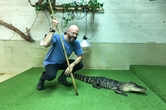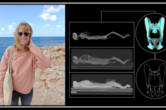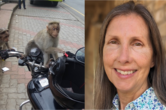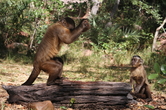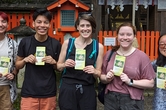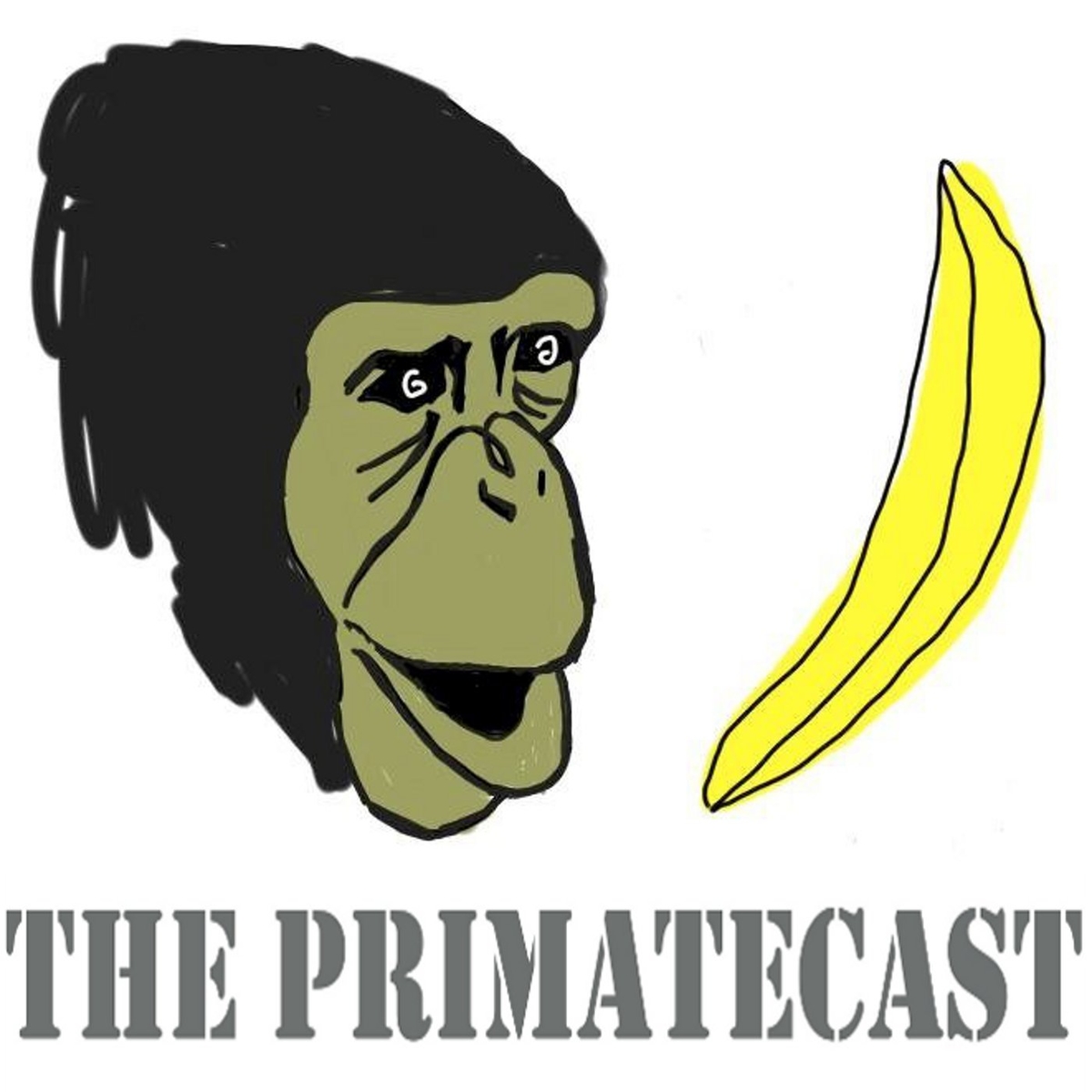Do monkeys see baby faces in puppies?
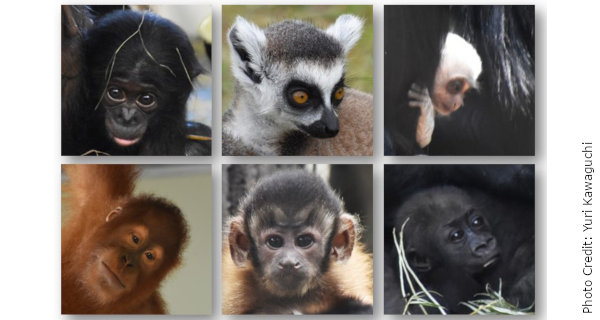
Here at CICASP, we love babies of all kinds. How did we evolve to be fixated on baby faces of not just our own kind but also other animals (think puppies, kittens, ducklings...)? Yuri Kawaguchi, a PRI doctoral student and resident expert on baby faces, wants to know. She studies how different species of primates recognize—or fail to recognize—baby versus adult faces of various animals. Here she tells us about her research on capuchin monkeys, the findings of which were recently published in Journal of Comparative Psychology [Edited 11/20/2019: postprint of this paper is freely available from KURENAI].
CICASP: How did you become interested in this topic?
Kawaguchi: I found human response to infants of not just our own species but also other species to be very unique and strong. Why do people scream with joy when they see baby animals in zoos? I’ve been interested in the evolutionary and cognitive basis of our preference for infants, and realized we don’t even know whether and how non-human animals differentiate infants from adults.
CICASP: Why capuchin monkeys?
Kawaguchi: Because they are highly social and have a wide variety of facial expressions, we thought they should be sensitive to differences between faces. Moreover, they show strong attraction toward and tolerance of their infants. They are even reported to “adopt” other species in the wild! Therefore we thought capuchin monkeys would be good target species.
Left: A female tufted capuchin monkey (Sapajus apella) carrying an infant; Right: A capuchin monkey taking a facial categorization test [Photo Credit: Yuri Kawaguchi].
CICASP: What did you find out about their ability to tell apart baby faces from adult faces?
Kawaguchi: We trained capuchin monkeys to discriminate adult and infant faces of their own species and of humans. They very quickly learned to categorize faces of both species based on age. However, this categorization did not spontaneously transfer to different species. For example, the monkeys could not categorize the infant and adult faces of dogs after they had been trained to do so with human and capuchin monkey faces. These results question the existence of general infantile features shared among species (so-called “baby schema”) or the perception of them.
CICASP: Are there known cases of adult non-human primates (or any animals) taking care of infants of other species, either in the wild or in captivity?
Kawaguchi: There are some reports of interspecies adoption in some species. As I mentioned, a wild capuchin monkey was reported to have adopted an infant marmoset. This case is quite interesting in that the adoption occurred between different genera of primates.
CICASP: What do you want to find out next about infant recognition in primates?
Kawaguchi: I have been interested in emotional change in non-human primates induced by infants. We still don’t know whether non-human primates "like" infants as humans do. I know it is challenging to understand whether non-human animals have positive (or negative) feelings toward certain images, but I believe it is worth trying. This will contribute to revealing the cognitive mechanism underlying infant care.
